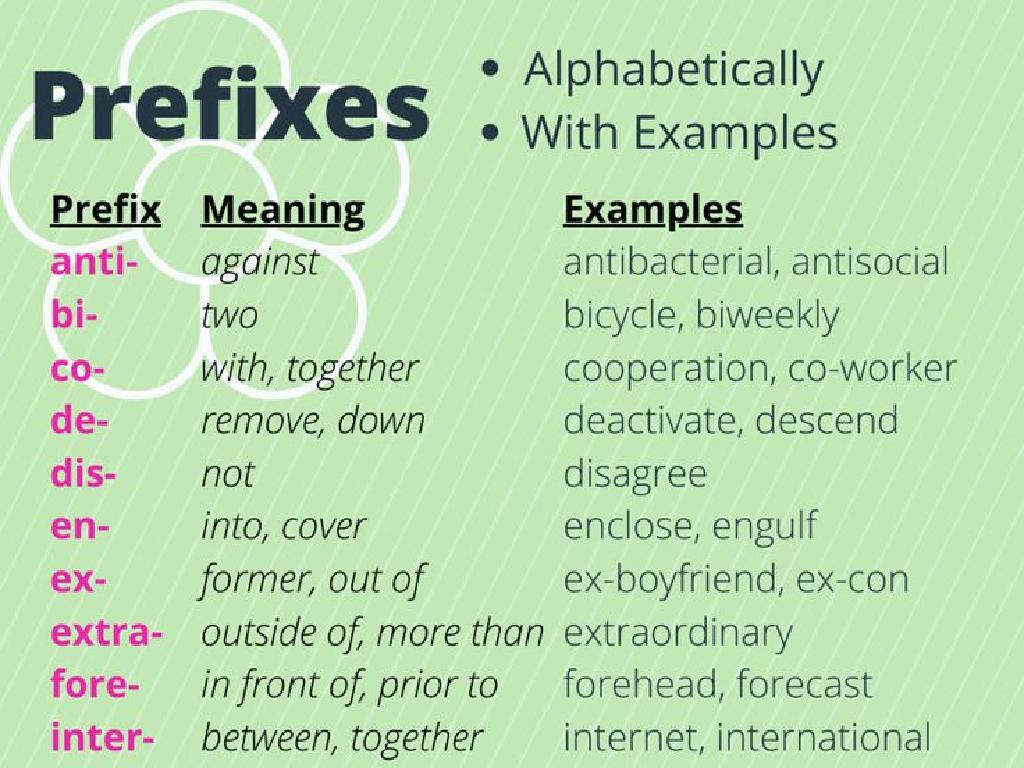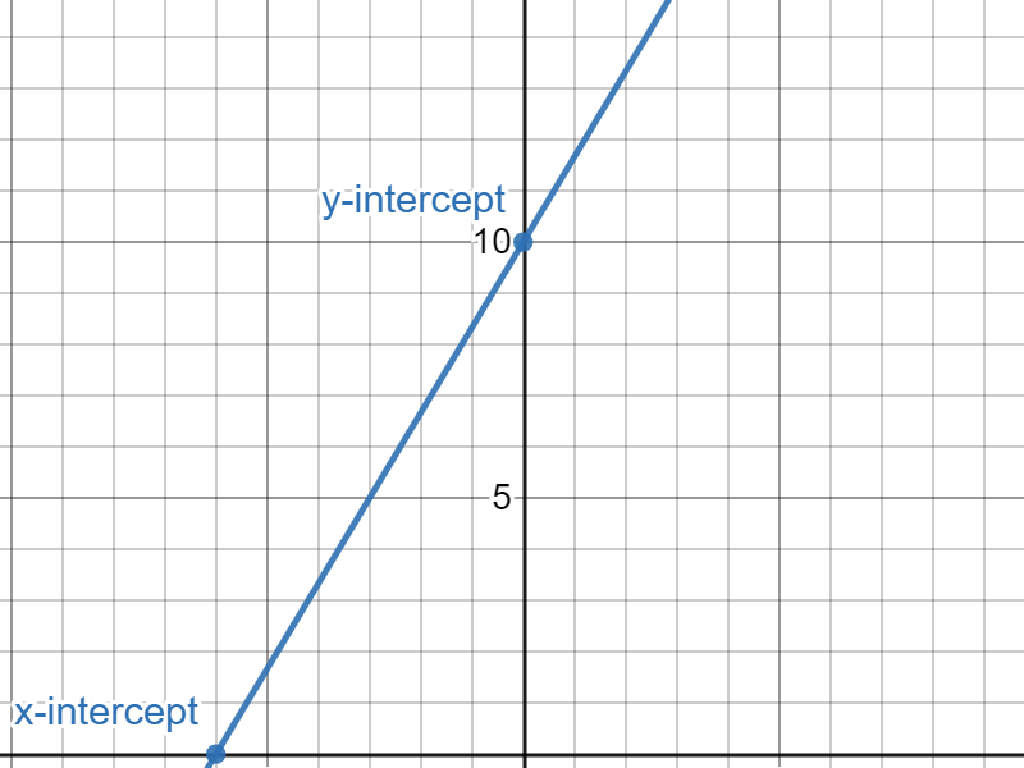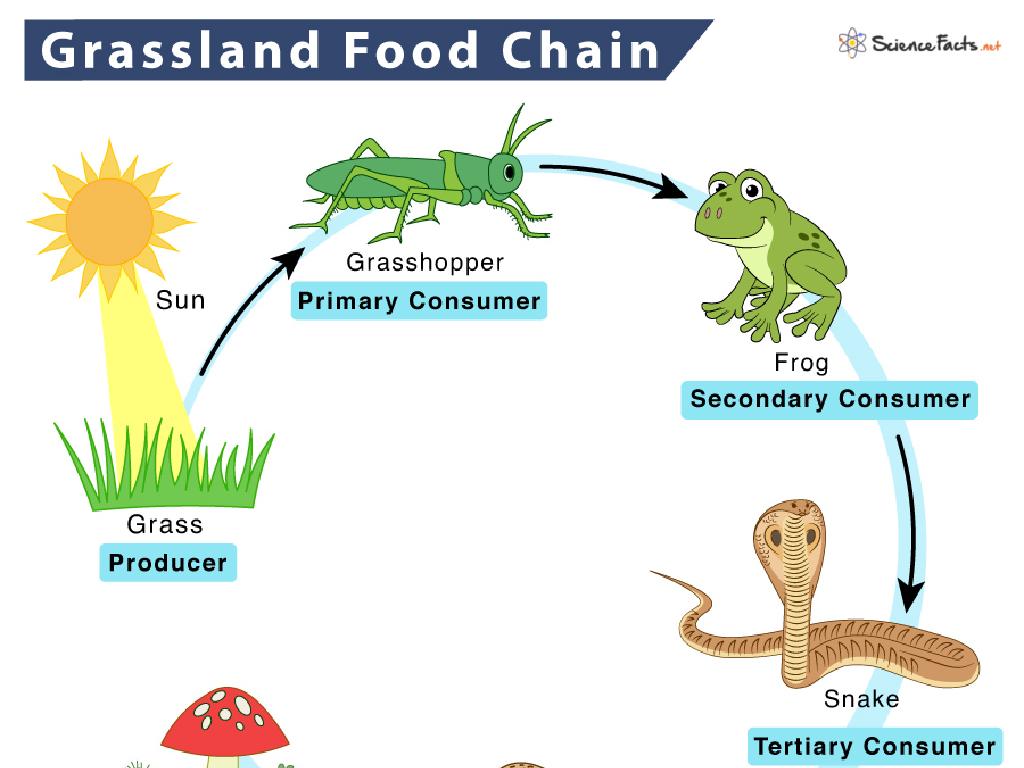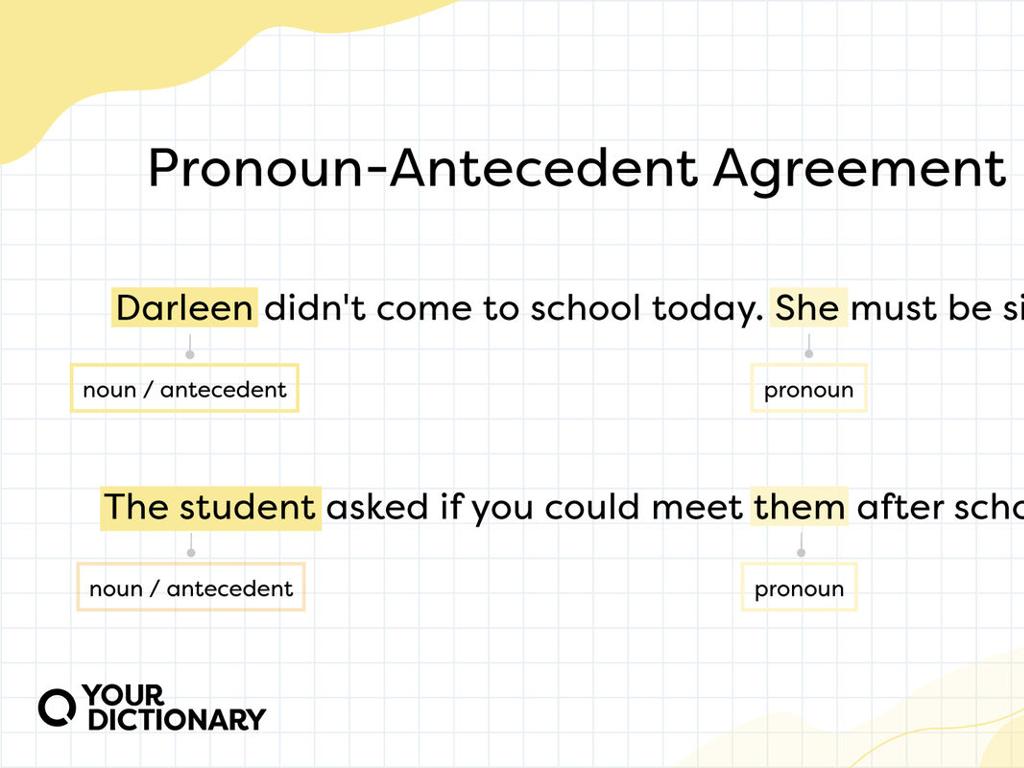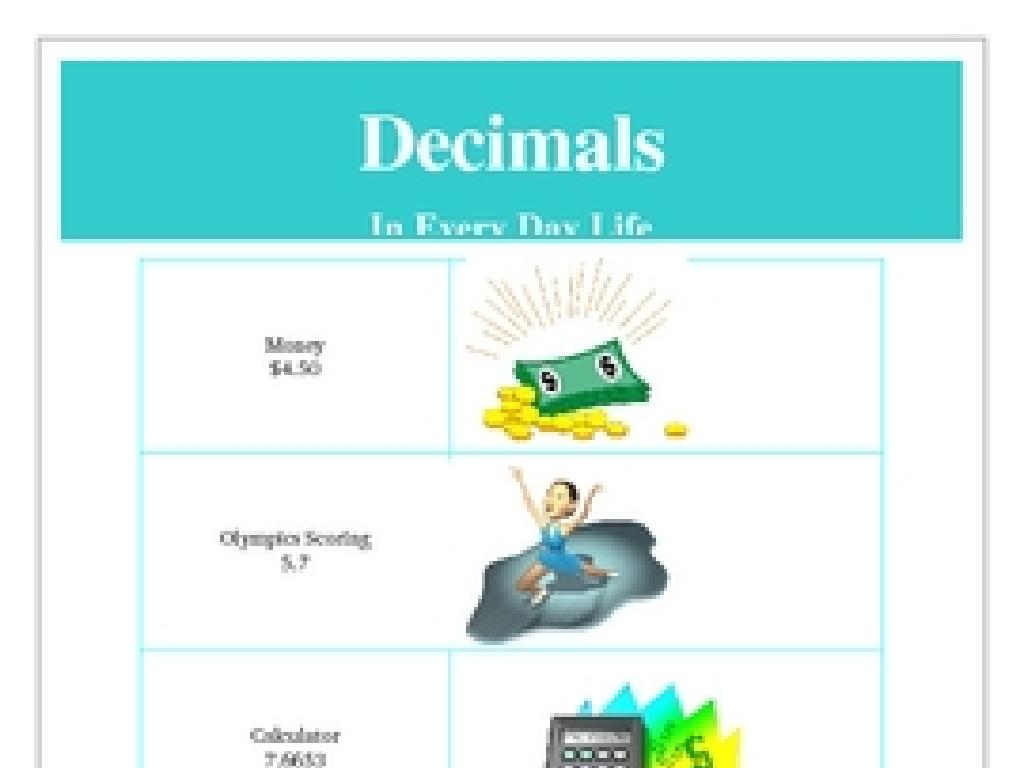Add And Subtract Fractions With Like Denominators
Subject: Math
Grade: Fourth grade
Topic: Add And Subtract Fractions With Like Denominators
Please LOG IN to download the presentation. Access is available to registered users only.
View More Content
Introduction to Fractions
– What is a fraction?
– A fraction represents a part of a whole.
– Numerator and denominator roles
– Top number (numerator) is the part we have, bottom number (denominator) is the total parts.
– Everyday life fraction examples
– Pizza slices, sharing candy, measuring cups in recipes.
– Adding and subtracting basics
– With like denominators, add or subtract numerators directly.
|
Begin the lesson by explaining that a fraction is a way to represent a part of a whole, using two numbers separated by a line. The top number, or numerator, indicates how many parts we are considering, while the bottom number, or denominator, tells us how many equal parts the whole is divided into. Provide relatable examples such as slices of pizza or pieces of candy to illustrate fractions in a way that is tangible for fourth graders. Then, introduce the concept of adding and subtracting fractions with like denominators by explaining that if the denominators are the same, you simply add or subtract the numerators to find the answer. This sets the foundation for understanding more complex fraction operations.
Visualizing Fractions with Like Denominators
– Use objects to show fractions
– Objects like pizza slices can represent fractions
– Visualize adding like fractions
– Stack objects to add fractions with the same bottom number
– Practice with fraction circles
– Circles divided into equal parts help see fractions
– Use bars and number lines
– Bars and lines can also show parts of a whole
|
This slide is aimed at helping fourth-grade students understand fractions by visualizing them. Start by explaining that fractions represent parts of a whole and can be shown using everyday objects, like slices of a pizza or pieces of fruit. Demonstrate how to add fractions with like denominators by stacking or combining these objects. Introduce fraction circles, bars, and number lines as tools that can help students see how fractions add up. During class, provide these visual aids for hands-on practice, allowing students to manipulate the pieces to better understand the concept of adding and subtracting fractions with the same denominator. Encourage students to explain their thought process as they work through the examples.
Adding Fractions with Like Denominators
– Understand like denominators
– Fractions with the same bottom number
– Rules for adding same denominator
– Simply add the top numbers (numerators)
– Example: 1/4 + 2/4
– Add the numerators: 1 + 2 = 3, so 1/4 + 2/4 = 3/4
– Practice with similar fractions
|
This slide introduces the concept of adding fractions with like denominators. Begin by explaining that like denominators mean the fractions have the same bottom number, which makes them easier to add. Emphasize that when adding such fractions, only the numerators (top numbers) are added while the denominator remains the same. Use the example 1/4 + 2/4 to illustrate this point, showing that the sum is 3/4. Encourage students to practice with additional examples and ensure they understand that the denominator does not change when adding fractions with like denominators.
Subtracting Fractions with Like Denominators
– Rules for subtracting fractions
– Keep the denominator same, subtract numerators
– Example: 3/4 – 1/4 = 2/4
– Subtract the top numbers: 3 minus 1 equals 2
– Simplify fractions post-subtraction
– Reduce 2/4 to its simplest form, which is 1/2
– Practice with different examples
– Try subtracting 5/8 – 3/8 or 7/10 – 2/10
|
When teaching subtraction of fractions with like denominators, emphasize that the denominator remains unchanged. Students should focus on subtracting the numerators (the top numbers). Use the example 3/4 – 1/4 to illustrate this, showing that 3 minus 1 equals 2, so the answer is 2/4. Then, guide students on how to simplify fractions to their lowest terms, explaining that 2/4 simplifies to 1/2 because both 2 and 4 are divisible by 2. Encourage students to practice with additional examples and ensure they understand the concept of simplifying fractions. Provide several practice problems and use visual aids if possible to help students grasp the concept.
Fraction Fun: Adding & Subtracting
– Solve addition/subtraction problems
– Add or subtract fractions with the same bottom number
– Discuss problem-solving strategies
– Use strategies like drawing pictures or number lines
– Class walkthrough of example problems
– We’ll do some problems on the board as a class
– Practice problems together
|
This slide is designed for interactive class participation. Begin by presenting a few fraction addition and subtraction problems. Encourage students to share their strategies for solving these problems, such as visual aids or breaking down the steps. Work through problems as a class on the board, guiding students through the process and ensuring they understand each step. Provide a set of practice problems for the class to work on together, fostering a collaborative learning environment. This activity will help solidify their understanding of adding and subtracting fractions with like denominators.
Real-World Fractions: Adding & Subtracting
– Fractions in daily life
– Fractions are everywhere, from measuring to sharing.
– Cooking with fractions
– Recipes often require half or quarter measurements.
– Dividing items evenly
– Splitting a pizza or sharing candies uses fractions.
– Class discussion on fractions
|
This slide aims to show students how fractions are not just mathematical concepts but are also used in everyday life. Start by explaining that fractions are used in cooking, such as when a recipe calls for half a cup of sugar or a quarter teaspoon of salt. Then, illustrate how fractions are used to divide items evenly, like cutting a pizza into equal slices so everyone gets the same amount. Encourage a class discussion by asking students where they have seen or used fractions outside of school. This will help them connect the abstract concept of fractions with tangible examples, reinforcing their understanding and making math more relatable and engaging.
Class Activity: Fraction Scavenger Hunt
– Form small groups for the hunt
– Find items to represent fractions
– Items like cut fruits, or divided paper plates
– Add and subtract using your items
– Use the items to visually add/subtract fractions
– Discuss findings with the class
|
This interactive group activity is designed to help students understand the concept of adding and subtracting fractions with like denominators in a fun and engaging way. Divide the class into small groups and instruct them to find items around the classroom that can be used to represent fractions, such as pieces of fruit, paper plates divided into sections, or blocks. Once they have their items, they should practice adding and subtracting fractions by combining or separating parts of their items. After the activity, each group will discuss what they found and how they used the items to perform the operations. This will help students visualize the process of combining and separating parts of a whole and reinforce their understanding of fractions. Possible variations of the activity could include using different items, timed challenges, or having students create their own problems for others to solve.
Wrapping Up: Fractions with Like Denominators
– Review adding & subtracting fractions
– Remember, just add or subtract the numerators!
– Practice makes perfect
– The more you practice, the better you’ll get at fractions.
– Homework: Practice problems
Solve assigned problems to reinforce today’s lesson.
– Bring questions next class
|
As we conclude today’s lesson, it’s important to recap the key concepts of adding and subtracting fractions with like denominators. Emphasize to students that mastering fractions requires practice, and the homework assignment is designed to help them do just that. Assign a set of problems that cover a range of difficulties to cater to all students. Encourage them to attempt all the problems and bring any questions they have to the next class. This will help identify areas where they may need further explanation or assistance.

